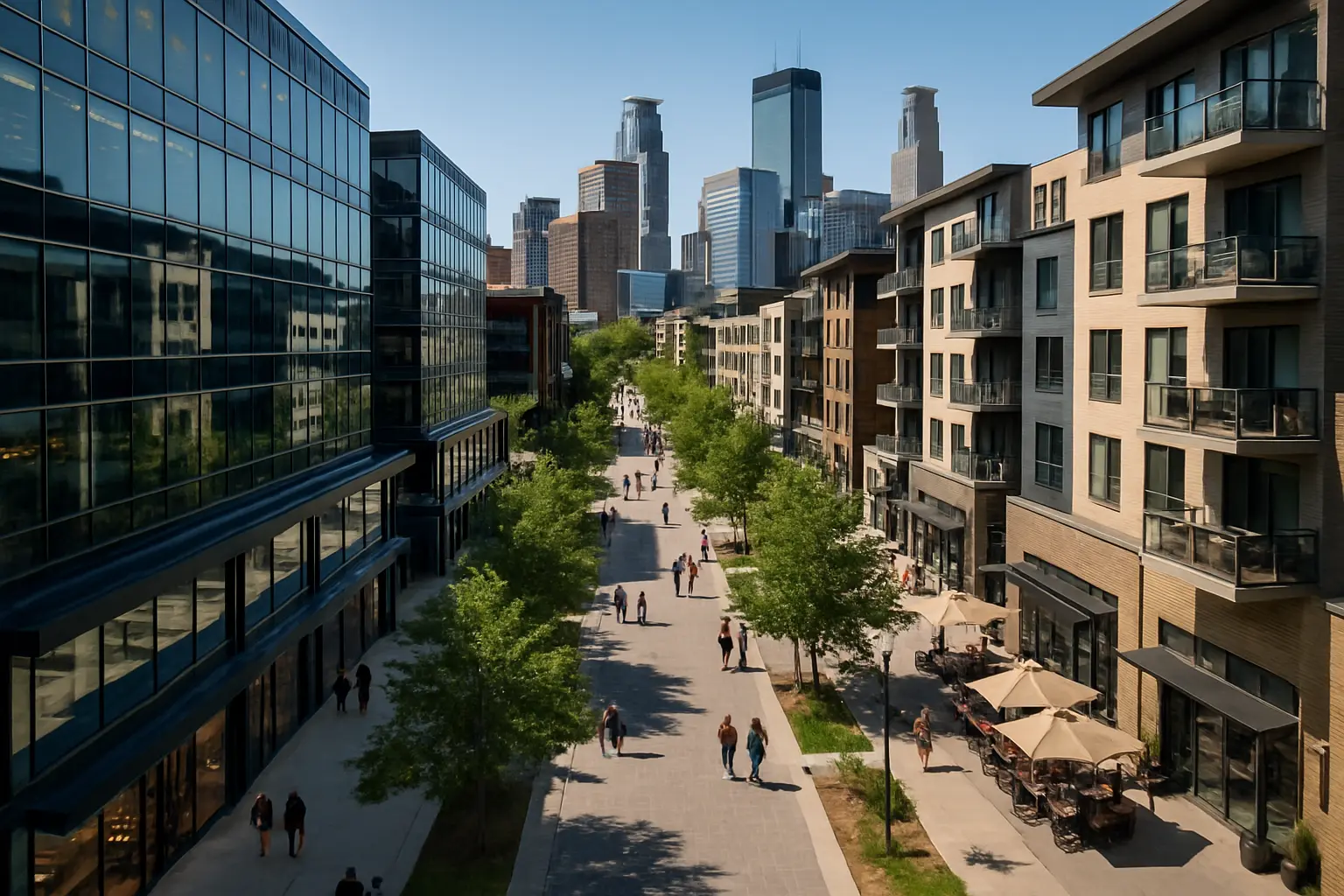Twin Cities Commercial Corridors: The Next Big Investment Wave
Discover how Minneapolis-St. Paul's evolving business districts are creating golden opportunities for savvy investors and entrepreneurs

The Evolution of Twin Cities' Commercial Landscape
The Twin Cities metropolitan area is experiencing an unprecedented transformation in its commercial real estate landscape. Minneapolis and St. Paul are no longer just tale of two downtowns - the entire region is witnessing a remarkable evolution in how business districts are developed and utilized.
Emerging commercial hotspots are reshaping traditional business corridors, with notable developments including:
- The North Loop's transformation into a tech and creative hub
- Uptown's revival with boutique retail and office spaces
- Northeast Minneapolis's industrial-to-commercial conversion
- St. Paul's Midway district emergence as a mixed-use destination
Mixed-Use Magic
The concept of live-work-play has taken root across the Twin Cities, with mixed-use developments becoming the new gold standard for commercial real estate. These developments are particularly successful in:
Prime Mixed-Use Locations
- Edina's Southdale District: Reimagining retail with residential integration
- Woodbury's CityPlace: Creating a suburban downtown experience
- St. Louis Park's West End: Blending entertainment, office, and living spaces
Mixed-use developments are showing 15% higher occupancy rates compared to single-use properties, demonstrating strong market demand for integrated community spaces.
Market Analysis and Growth Potential
The Twin Cities commercial market presents compelling opportunities for investors, with key indicators pointing to sustained growth:
Market Metrics
- Vacancy Rates: Stabilizing at 8% across prime corridors
- Rental Growth: Annual increases of 4-6% in high-demand areas
- Investment Returns: Cap rates averaging 6.5-7.5% for quality assets
Premium locations like Wayzata's lakefront district and Bloomington's South Loop are experiencing particularly strong demand, driven by high-income demographics and strategic positioning.
Strategic Investment Considerations
Successful investment in Twin Cities commercial corridors requires careful attention to several key factors:
Critical Success Factors
- Zoning Updates: New ordinances favoring higher density and mixed-use development
- Infrastructure Improvements: Light rail expansion and enhanced connectivity
- Demographic Shifts: Increasing millennial and empty-nester populations seeking walkable communities
Investment Strategies
Consider these approaches for optimal market positioning:
- Focus on transit-oriented developments near existing or planned light rail stations
- Target properties in areas with approved infrastructure improvement plans
- Invest in properties with potential for mixed-use conversion
- Consider emerging neighborhoods with strong demographic trends
The Twin Cities commercial corridor landscape presents a compelling opportunity for investors who understand the market's evolution and position themselves strategically. With careful consideration of location, property type, and market dynamics, investors can capitalize on the region's continued growth and transformation.


